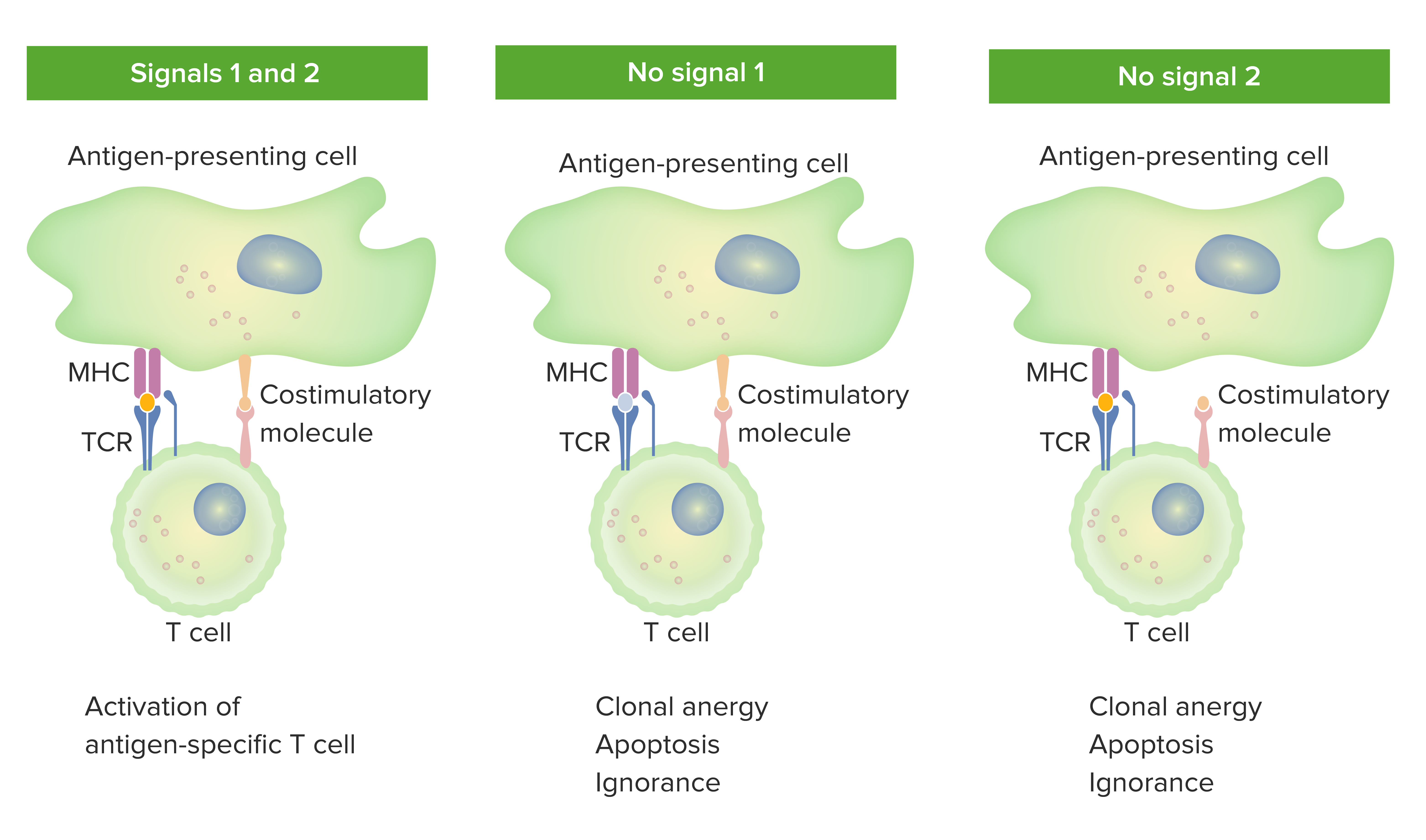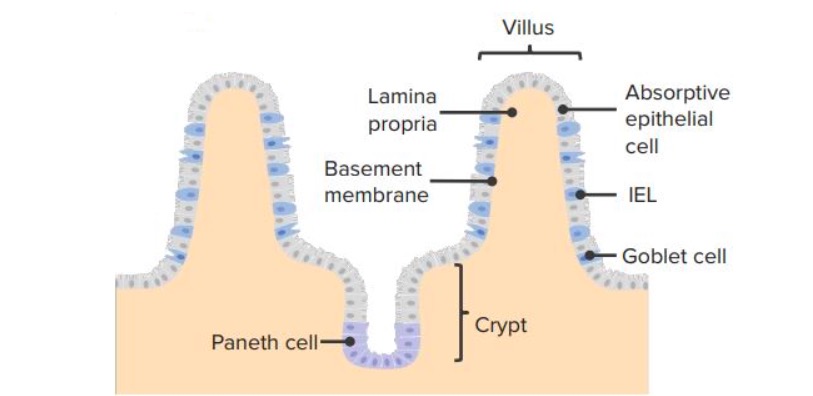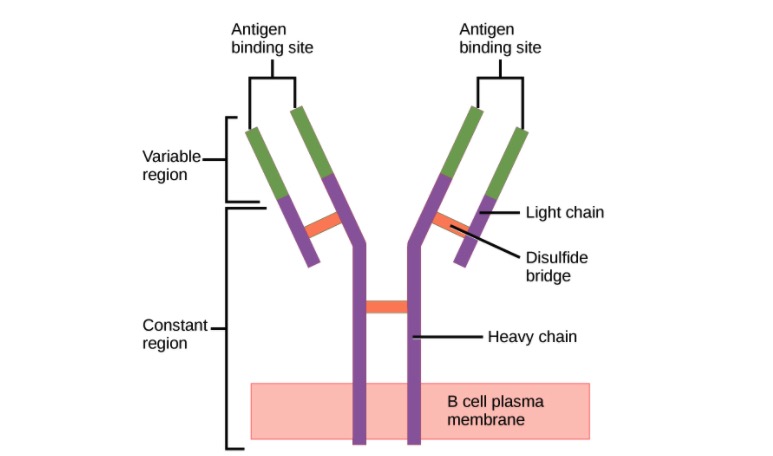Playlist
Show Playlist
Hide Playlist
Phagocytic Cells
-
02 Slides Cells of Immune System.pdf
-
Reference List Immune System.pdf
-
Download Lecture Overview
00:01 The phagocytic cells are predominantly the neutrophils and the macrophages. 00:07 Neutrophils are fairly short lived. 00:11 They have a half life of two to three days. 00:14 They travel around the blood, but they will leave the blood if there's an infection in the tissues. 00:23 Monocytes are relatively longer lived cells. 00:28 They also circulate around in the blood and they will also leave the blood if there's an infection in the tissues. 00:35 But when they leave the blood, they further differentiate into macrophages, and these are relatively long lived cells. 00:43 So neutrophils, whether they're in the blood or the tissues they're referred to as neutrophils, whereas the blood monocyte further differentiates or develops into the tissue macrophage. 00:54 In order for the blood neutrophil and the blood monocyte to exit from the blood vessel and enter the tissues, they need to bind to the blood vessel endothelium using adhesion molecules. 01:07 They will then squeeze through the gaps between the blood vessel endothelial cells and be attracted into the site of the infection by a concentration gradient of chemotactic factors. 01:23 The phagocytic cells use pattern recognition receptors to recognize pathogen-associated molecular patterns on the surface of microorganisms. 01:38 The pathogen can also be coated with substances, we refer to these substances as opsonins that are additionally recognized by the phagocytic cell. 01:49 This helps facilitate the binding of the microorganism to the phagocyte. 01:55 There are several different substances that can act as opsonins. 02:00 So for example, both the neutrophil and the macrophage have on their cell surface, as well as many, many, many other molecules, they have complement receptors that can recognize complement. 02:14 So the microorganisms can be coated with complement, and this complement coating of the microorganism is recognized by the complement receptors. 02:24 In other words, complement is acting as an opsonin to facilitate binding and subsequent phagocytosis of the microorganism. Another molecule on the surface of both neutrophils and macrophages are so called Fc receptors. These receptors recognize the Fc part of the antibody molecule. So antibodies that recognize antigens on the surface of the microorganisms can coat the microorganism, and again act as opsonins to facilitate phagocytosis. Once engulfed by the phagocytic cell, the pathogen is destroyed using reactive oxygen intermediates that are generated by a respiratory burst and also by a number of non-oxygen dependent killing mechanisms. So let's have a look at that process in a little bit more detail. Pattern Recognition Receptor on the surface of the phagocyte will recognize PAMPs (pathogen-associated molecular patterns) on the surface of the microorganism. Additionally, the microorganism may be opsonized with complement or antibody. So, following this initial binding, the phagocyte then puts its membrane around the microbe. It zips up around the microorganism to enclose the microorganism. The microorganism is now trapped within the phagocyte, within a vesicle that is referred to as a phagosome. Within the phagocytic cells, there are other vesicles that are referred to as lysosomes. And these contain toxic molecules and enzymes that are going to destroy the engulfed pathogen. So what needs to happen now, is the lysosome needs to fuse with the phagosome. And the fusion of the lysosome with the phagosome containing the trapped microorganism generates a structure that is referred to as a phagolysosome, the combination of the phagosome and the lysosome. There are then various enzymes that are activated. For example, the phagocyte oxidase which will generate from molecular oxygen, reactive oxygen species that can be used to kill the microorganism. And also, INOS (inducible nitric oxide synthase) which uses arginine to produce nitric oxide (NO). As a by-product of that enzymatic reaction, citrulline will be produced. So, killing of the microbes by reactive oxygen Species, by nitric oxide and also by lysosomal enzymes in the phagolysosome will ensure the destruction of the engulfed microorganism. There are a whole variety of substances that are produced by phagocytic cells, which leave the microorganism with very little chance of survival. In fact some microorganisms have evolved mechanisms to avoid these killing processes. But most will be defeated by them. 05:41 There are a group of mechanisms that collectively require molecular oxygen for their generation. 05:47 And therefore, we refer to these as the oxygen dependent mechanisms of micro-killing by the phagocyte. 05:55 These include superoxide, singlet oxygen, the hydroxyl radical, hydrogen peroxide, hypochlorite and nitric oxide. 06:09 In addition to these oxygen dependent mechanisms, there are a whole variety of oxygen independent mechanisms. 06:15 Just four of them are shown here. 06:17 Lysozyme is an enzyme that cleaves peptidoglycan in bacterial cell walls. 06:24 Defensins which form channels in bacterial membranes. 06:30 Lactoferrin which is a very interesting molecule, it chelates iron. 06:34 It removes iron from the immediate environment of the microorganism. 06:38 And iron is an essential nutrient for bacteria. 06:43 And proteases, such as elastase which again can attack bacteria. 06:49 In addition, neutrophils can extrude their DNA and their granule contents to produce what are called neutrophil extracellular traps or NETs. 06:58 And these contain lysozyme, elastase, defensins, etc, etc. 07:02 Molecules that are microbicidal. 07:05 So as well as engulfing microorganisms, and killing the microorganisms within the phagocytic cell, the phagocytes, particularly the neutrophils can release substances to the outside that will kill microorganisms in the immediate vicinity.
About the Lecture
The lecture Phagocytic Cells by Peter Delves, PhD is from the course Immune System: Overview and Cells. It contains the following chapters:
- Phagocytic Cells
- A Closer Look on the Phagocytic Process
Included Quiz Questions
Which of the following components of a bacterium is cleaved by a lysozyme?
- Peptidoglycan
- Phospholipid
- Phosphatidylethanolamine
- Flagellum
- Ribosome
Which of the following cells is a phagocytic cell found ONLY in the extravascular compartment?
- Macrophage
- Neutrophil
- Monocyte
- Basophil
- Eosinophil
Fc receptors (FcR) on the surface of neutrophils, macrophages and other immune cells recognize which of the following?
- Antibodies that have coated antigens
- Complement molecules on a pathogen
- Antigens on pathogens
- Pathogen-associated molecular patterns
- Macrophages that have encountered an antigen
If the production of lysosomes is impaired, which step of phagocytosis is compromised?
- Enzymatic degradation of pathogens within the phagolysosome
- Complement recognition by the complement receptor
- Recognition of pathogens
- Invagination
- Effective binding to pathogen-associated molecular pattern
Customer reviews
5,0 of 5 stars
| 5 Stars |
|
6 |
| 4 Stars |
|
0 |
| 3 Stars |
|
0 |
| 2 Stars |
|
0 |
| 1 Star |
|
0 |
Outstanding! Thanks to Dr. Peter, I can finally start to understand immunology. Highly recommend his lecture to annyone struggling with the subject.
I really liked the way that he explains, he makes very easy the learning of this topic, I'd recommend this class to all my partners
Very well explained lectures! I finally beginn to understand immunology instead of just learning it by heart. Thank you very much!
Professor Delves gave these lectures in such a logic and clear way. Very easy to follow and understand the talk. Great lectures!






